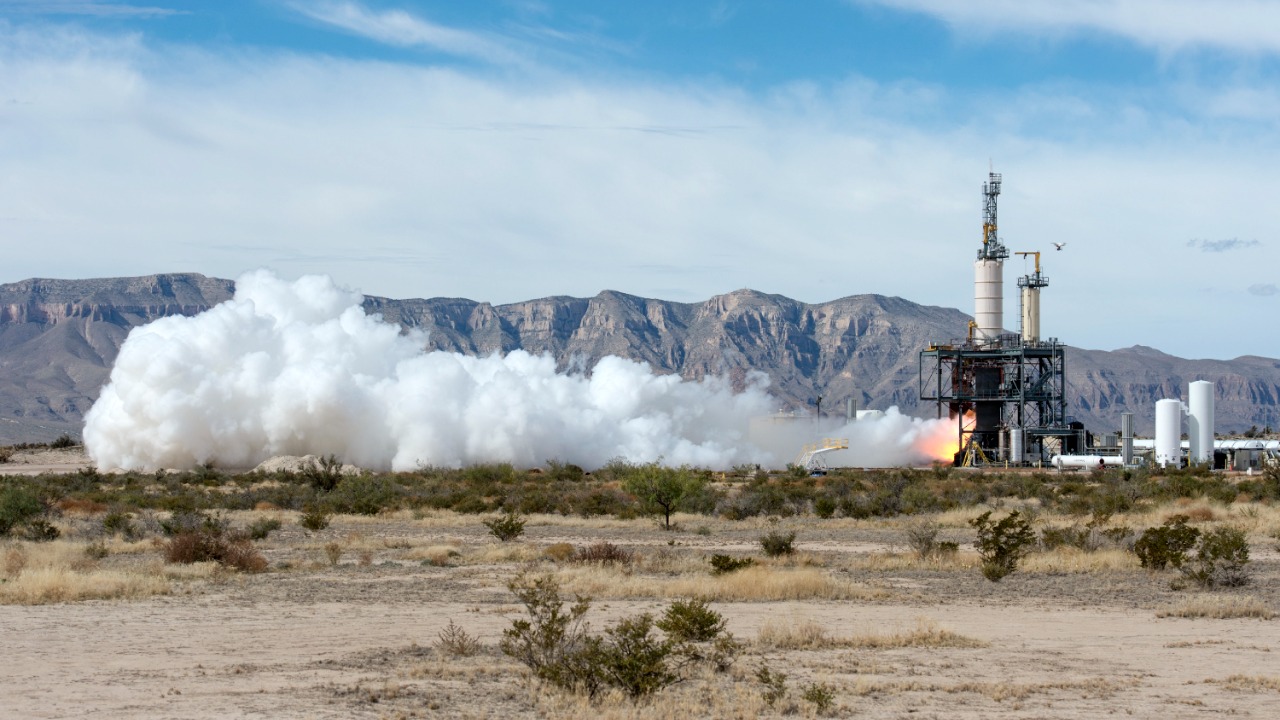
Blue Origin has made history by successfully landing the first-stage booster of its New Glenn rocket, marking the company’s first reusable rocket recovery for this heavy-lift vehicle. The launch, which took place from Cape Canaveral, Florida, on November 13, 2025, also deployed NASA’s Mars-bound satellites, representing a significant step forward in the company’s interplanetary exploration goals.
The New Glenn Launch Sequence
The New Glenn rocket took off from Launch Complex 36 at Cape Canaveral Space Force Station, executing a clean ascent and stage separation after reaching orbital velocity. The seven BE-4 methane-fueled engines on the first stage performed nominally during ascent, as indicated by real-time telemetry data. The second-stage payload fairing was then deployed, releasing NASA’s spacecraft into a precise trajectory toward Mars. This sequence of events marked a significant milestone in Blue Origin’s journey towards reusable rocket technology and interplanetary exploration.
Booster Landing Breakthrough
Following the successful deployment of the payload, the New Glenn first-stage booster descended back to Earth, achieving a powered descent and vertical landing on a droneship in the Atlantic Ocean. This marked the first time Blue Origin has successfully landed a booster from this heavy-lift rocket, a key milestone in the company’s pursuit of reusable rocket technology. The landing site, located off the Florida coast, was chosen for its optimal conditions for booster recovery and reuse in future missions.
NASA’s Mars Mission Payload
The primary payload of the New Glenn launch was a set of NASA’s Mars-bound satellites. These spacecraft are designed to conduct atmospheric and surface science observations on the Red Planet, contributing valuable data to NASA’s broader Mars exploration program. Following separation from the New Glenn second stage, initial acquisition of signal confirmed the successful deployment of the spacecraft, marking the start of Blue Origin’s first NASA-scale science mission.
Technical Innovations in New Glenn
The New Glenn rocket incorporates several technical innovations that enable its heavy-lift capabilities. The first stage is powered by seven BE-4 engines, developed in partnership with other entities, which enable the rocket’s 13-metric-ton-to-geostationary-transfer-orbit capability. The first-stage design, standing 98 meters tall, integrates advanced avionics for autonomous landing. The second stage, meanwhile, uses a hydrogen-oxygen propulsion system to propel the payload beyond low Earth orbit and towards Mars.
Blue Origin’s Path to This Milestone
Prior to this successful launch, Blue Origin conducted a series of New Glenn development tests, including suborbital hops and static fires. The company also navigated regulatory approvals from the FAA for the Cape Canaveral launch site. This launch represents a pivotal step in Blue Origin’s competition with SpaceX in the field of reusable heavy-lift rockets, and underscores the company’s ambitious commercial space aspirations.
Implications for Future Missions
The successful landing of the New Glenn booster has significant implications for future missions. By reusing boosters, Blue Origin can reduce costs for subsequent New Glenn flights, enabling more frequent NASA and commercial payloads. The Mars satellites launched on this mission will contribute data that could support future human missions to the Red Planet. Blue Origin has announced plans for up to 25 launches per year from Cape Canaveral once full reusability is operational, a cadence that could revolutionize the pace of space exploration.
More from MorningOverview